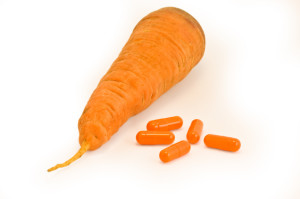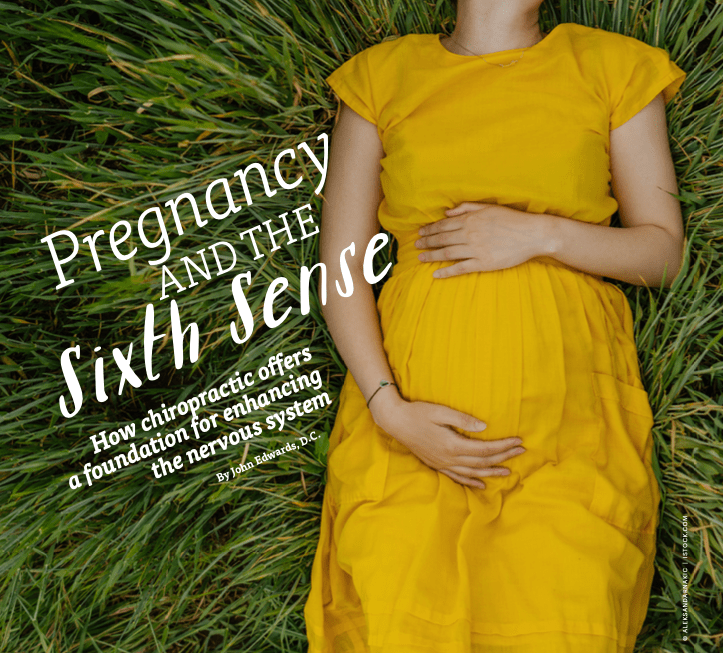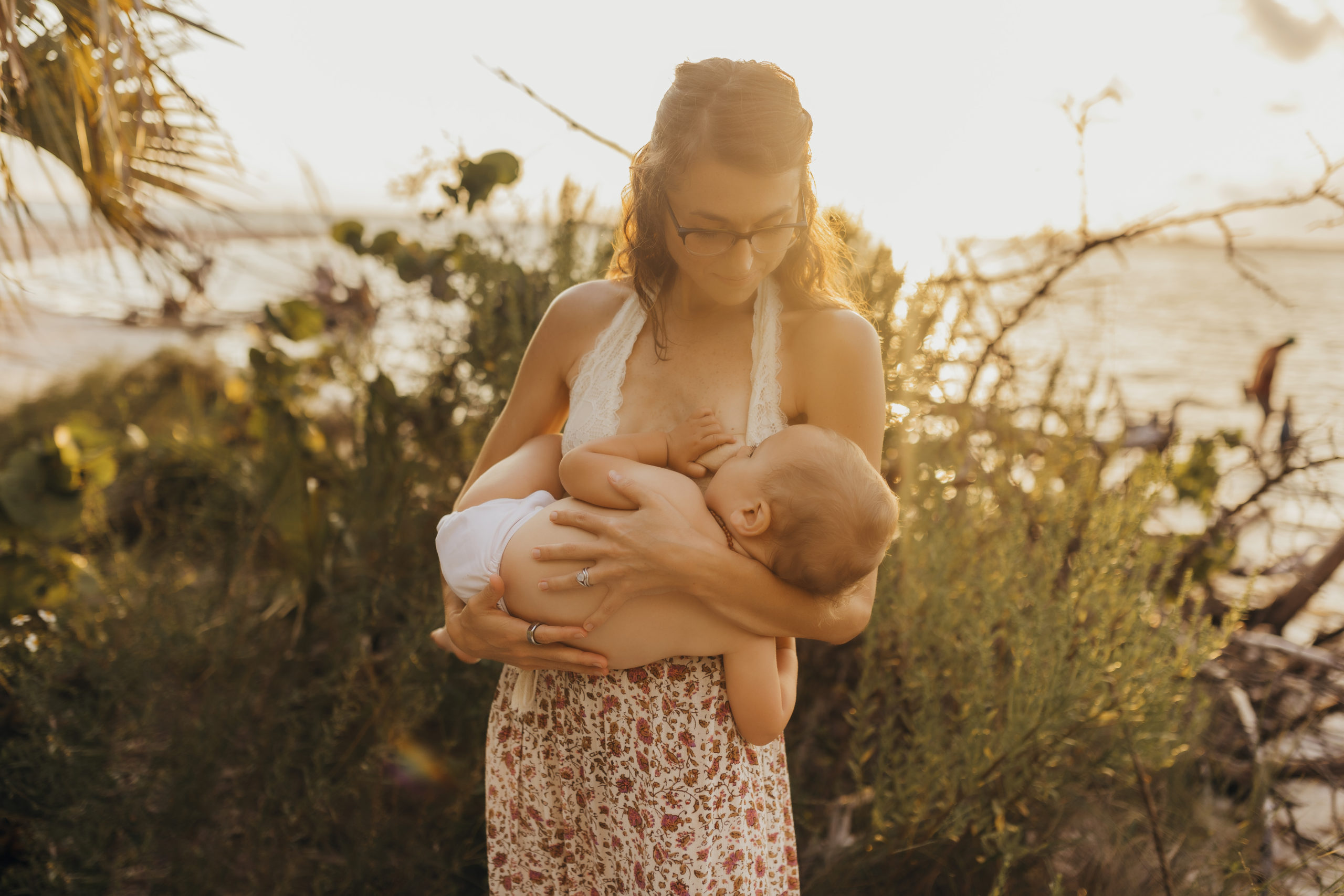A mom asked me a question today that I didn’t have an answer to. I’ve cared for this family, including the mother, for years. I’ve adjusted her son since he was an infant, her through her pregnancy, and her newborn daughter since she was two weeks old. She and her husband have a job where vaccinating their children makes sense to me; they both work as emergency medical personnel/first responders and feel that they want to give their children that type of protection. As she’s returning to work and the topic is all over the news, the mom asked me at the end of the appointment what I’m doing in response to the measles outbreak in California. She knows many of my parents choose to delay or not vaccinate, and she wanted to know if I had a contingency plan. Am I asking patients about their travel arrangements? Do I have a policy about this?
I have to admit I was caught off guard. I’ve adjusted children through Hand, Foot & Mouth, whooping cough, RSV, chicken pox, and more strains of influenza than you can shake a Walgreens yard sign at. I figured that if a child has the measles, then I’d likely do what I’ve done in all of those cases: Adjust them, wash my hands, then sanitize the table with Simple Green. But this mom was more afraid of her, as she put it, “un-protected” newborn getting the measles. That was the point where I realized how skewed our national conversation has gotten over what qualifies as protection, and how sound bites have distorted the risk of death and injury from measles.
Protection

I told this mom that she was her baby’s protection. For the first few months of life the shared blood between mother and baby contains the antibodies for everything she has contacted in her environment. It is really a brilliant design. This system is called “passive immunity,” because the baby doesn’t actually make its own, and some maternal antibodies tend to last longer than others. Passive immunity to measles, according to the UK’s health service, lasts for about a year.
The second major (and I want to emphasize major) protective factor in this mother-daughter duo was breastfeeding. Here is the point where we’re going to go a little off track, but we’re going to come back to it in two paragraphs. I’ve been tagged a lot on Facebook threads where people are highlighting the pediatric death statistics from measles (one of the most common causes of death in the world, if you lump measles with pneumonia). The piece that is missing here is no less of an authority than the World Health Organization and UNICEF for the last 18 years have recommended every child with measles be given two doses of 200,000 IU’s of Vitamin A. Why? Because it prevents 50% of all the deaths associated with this childhood disease.
There are two really important things about the above statement:
- That 50% is for all children. For the 0-2 year old set, the dosage resulted in a 83% reduction in risk of death.
- Deaths associated with measles. See, that’s what’s missing in all the pundit talk about the measles virus. Measles is not the cause of death- secondary, opportunistic infection is. Pneumonia represents the lion’s share of fatalities worldwide (95% of deaths happen in places that can’t provide adequate nutrition and health care, like Sub-Saharan Africa and Southeast Asia), croup is a common secondary complaint, and in extremely rare cases a child can endure encephalitis. We’ll get to how rare an injury is from this complication in a moment. Let that sink in, though. The kids who get the runny nose, the red eyes, the fever, break out in a full body rash and then can’t get $.10 worth of Vitamin A are the ones who die.
Huiming, Choamin, and Meng completed a Cochrane Review of Vitamin A for measles, a kind of Consumer Reports for the medical research community, in 2005. The studies they selected found a reduction in nearly every aspect of measles- from ear infection to diarrhea to hospital stays to duration and severity of pneumonia- when children were given the appropriate dose of vitamin A. For the intrepid parent, you can download the entire pdf here.
Huiming and colleagues observed that the symptoms of low vitamin A, notably problems with the cell type that makes up the skin and surface tissues of the lungs and gut, are very similar to the process the body goes through while working through the measles virus. It seems that activating the immune system requires a large reserve of vitamin A, which we store in our liver, and children who are already depleted because of malnutrition are the susceptible ones to complications from measles. This is the primary reason why healthy, well-nourished American children don’t die from the disease. That’s not just me saying that- I’m quoting Merck. Vitamin A builds up in your system; it’s not like the B vitamins that will simply pour back out in day-glo streams if you reach your body’s capacity. To get to the dose most studies say clears out the risk for measles, accounting for how long the body takes to clear fat soluble vitamins out of your system, you’d have to eat 20 carrots within a span of 6 months. Heck, according to the National Institutes of Health a cup of French Vanilla ice cream even has 1000 IU’s of vitamin A. As I said, American children are pretty safe.

So back to breastfeeding. The mother’s placenta is absolutely brilliant at regulating vitamin A in the blood passed to the unborn child, but the breast is even better. According to a report from Johns Hopkins University, human babies born to well-nourished mothers enter the world with a small reserve of vitamin A. Once a baby has transitioned to being earth side, a big boost comes from the colostrum, which is so rich in beta carotene and retinol (the technical names for vitamin A in two different forms) it’s stained yellow-orange from the vitamin. Colostrum has 2 1/2 times as much vitamin A as mature milk does, but even as the concentration shifts by the end of 6 months the infant has consumed 60 times as much Vitamin A as it was born with. So instead of offering infants no “protection” from measles, nature has designed a system of moms passing along their mature immunity through shared blood, and as long as she’s eating well she’ll nourish the baby through breastfeeding with the most important factor known to man for preventing complications from measles.
Risk
About those complications. There’s been a lot of thunder over the resurgence of measles after it was declared eradicated from the US in 2000. To be fair, the CDC declared this after seeing 86 cases in 2000, which was 14 cases fewer than were reported in 1998 and 1999. The timing couldn’t have been better, because in 1994 our region of the WHO had set a goal for ending person to person measles transmission in our area. Mission Accomplished! Apparently in homage to Monty Python, measles bounced back to 116 cases the next year. We’ve had two years in the last 14 with rates lower than the CDC’s eradication watermark with no re-declaration, and no deaths since 2003. But because we hear so often that measles is a killer, here is the CDC’s report of their deaths:
During 2003, two measles-related deaths occurred in the United States. One death occurred in an immunosuppressed male aged 13 years who had neurologic complications and had measles virus isolated from a brain biopsy. The other fatal case occurred in a man aged 75 years who, within 2 weeks of his arrival from overseas, had a rash illness and subsequently died of pulmonary and neurologic complications. Serologic tests were positive for measles IgM.
So, the cause of death in the only two cases this century: encephalitis and pneumonia. Let’s talk about that. The CDC’s threshold of eradication was less than or equal to a half case for every 1,000,000 people annually. That means they expect up to 157 cases every year. The scariest of complications from measles, which is the brain swelling technically known as subacute sclerosing panencephalitis (SSPE), can appear months to years after measles infection and can cause mental detonation, seizures, and muscle jerks. It’s often fatal. This happens at a rate of 65 to 110 in 1,000,000 people infected with measles. These seem like big numbers until you start putting them together. Let’s go to the highest number (110) and simplify the math: 1 in 10,000 cases of measles result in SSPE. In order to get to 10,000 cases, at the rate the CDC tells us to expect, we’d have to wait 63 years to see a case here. Even if we ignore the cyclical nature of measles in this country and take the numbers from 2014 (over 600 cases), we’re only likely to see a case of SSPE every 10 years.
This is where in my opinion the biggest distortion of terms occurs. The media has hit everyone over the head with the fear hammer about how contagious measles is. At a 90% contagion rate, meaning that if a measle gets inside of you because you were mouth-breathing when someone sneezed, 90% of the time you will go through the process. But “contagion” doesn’t mean that your body, or your baby’s body for that matter, is going to be the 1 in a trillion snowflake to end up with encephalitis. It means your body is going to see it, pick the effective arms of the immune system to deal with it, then push it out of your body. If you fail to do anything and your child has a rash, fever, and is coughing, and your plan is to withhold Vitamin A and let the kid tough it out through pneumonia, you should have your parent license revoked. While some on internet threads have the delusion that they exist, I’ve never met a parent who would do absolutely nothing with their symptomatic child.
As an aside here, in the last four years between 8.1 and 14% of the measles cases were in vaccinated people. I find it funny to read the CDC’s reports that lump people of “unknown” vaccination status in with the unvaccinated, rather than these patients. Allow me to explain my reasoning. I would say with the amount of attention given to the MMR vaccine in the American medical media, most families who choose to delay or not vaccinate are going to know whether or not their child had the shot. Written another way, they’re not likely to be lumped into the “unknown” category. Wouldn’t it be worth knowing a little more about why these folks are “unknown,” then? For example, with the number of imported cases (not always among foreign nationals, I recognize) isn’t it possible that we’re dealing with a doctor-patient language barrier? An issue of third world medical record-keeping? The CDC has gotten very good at parsing out why unvaccinated patients haven’t been inoculated, but I haven’t seen the same level of detail given to the unknowns. Instead, I see them lumped together with the unvaccinated in the annual bulletins to inflate the sense of how much of a threat they pose. The CDC reports from a perspective that “presumes guilt,” as if the reason the unknowns have measles is because they didn’t get the vaccine, even though their own statistics say every single year fully vaccinated people will get the measles. It’s a bit of a logical fallacy and in my opinion a little disingenuous. Therefore when you’re looking at the percentages of people who have measles despite vaccination, consider the possibility that the numbers could very well range between 18-35%. That’s why I think this information is something every parent, regardless of their choice, should understand.
How does our rate of measles compare with other countries, since we mentioned travel (and oh how we love our tourists in Florida)? Well according to the CDC the majority of the cases last year were tied to an outbreak in the Philippines, which saw 21,403 confirmed cases. It was quite a bump considering the country had seen over 6,300 cases in 2010 and 2011, bookended in the cycle by years of nearly 1500 in 2009 and 2012. I know, it’s not really fair to pick a country in the WHO hot-zone for measles. So how about Germany? You can’t walk down the block in our town without meeting a German during snowbird season. The rate of measles in Germany (which is maddeningly difficult to google when you don’t want results on the similar virus rubella, or German measles) might surprise you (thanks to EMMO for the 2012-2014 data. Note: Some years run Nov-Oct): 2007-2014 566 915 571 780 1608 183 1772 375
| Year | Cases |
| 2007 | 566 |
| 2008 | 915 |
| 2009 | 571 |
| 2010 | 780 |
| 2011 | 1608 |
| 2012 | 183 |
| 2013 | 1772 |
| 2014 | 375 |
That’s a heck of a lot more measles than we see here. Our office is right next to a German-Italian restaurant, flying a German flag. On any given day, I’m likely to say “Guten Tag!” to a Teutonic friend who hails from a nation with a 3-10 times higher measles rate than my home country. Our city plays host to one of the largest Oktoberfests in America. Our phonebooks are printed in English, Spanish, and German. German hands are pushing the carts around in our grocery store. If you believe the American media hysteria, I’m flirting with death every time I enter and leave my office. And yet, where is the local panic over these numbers? Where are all the furious parents who have to take care of their children because Germans brought us the measles with their sauerkraut? The answer is the outrage doesn’t exist. The question of “Why?” is kind of the point.
A child is 10 times more likely to perish from choking on an object than to even contract measles in the US. They’re three times more likely to be struck by a car while riding their bike, and 20 times more likely to be hit and killed as a pedestrian. This isn’t to say that their isn’t an emotional mama-bear in there who just wants to protect her cub, but I think it’s smart to reflect back on how the risks stack up against things we honestly can’t focus our worry on. Well, you can, but you’d be paralyzed by fear and tempted to envelop your children in bubble wrap. Because you can’t vaccinate against a Buick.
Could childhood disease be good for us?

Instead, I’d rather focus on what we can do to help build a child’s reserves, so if and when she gets the opportunity to share some DNA with a virus passing through, she can maximize the experience and build a long-term response. Something I heard my first year in practice has always stuck with me about measles. The story goes that a New Zealand pediatrician would have his little patients draw a picture of a house when they were admitted. They’d turn out a pretty typical 4 year old picture of a house: Square box topped by a triangle, a door in the middle, a couple windows on either side, and maybe they’d draw a fence. At the end of the week when the fever had broken, the doctor would have the children draw a picture of a house again. This time details that hadn’t occurred to the children 7 days ago would appear: A chimney with smoke coming out, a door knob, sashes and curtains in the window. His theory was that there was some benefit to going through the diseases of childhood that we were missing by preventing them from engaging in them; that the process was important for brain development.
I can tell you I’ve witnessed something similar to that anecdote, that every time I see a child who is unusually fussy, or has a mild fever, or is drooling, or for some reason is extra clingy to mom or wants to revisit nursing, I usually say out loud “I’ll bet we’re heading for a growth spurt.” It’s not always physically getting longer or heavier- sometimes the child comes back in two weeks with an expanded vocabulary, sometimes their hypersensitive sense of touch is no longer so ticklish, sometimes they’re interacting with the other people in the office in a way they haven’t before.
For a long time we’ve built this adversarial relationship with the diseases of childhood, mostly based on the thinking of the Germ Theory of Disease- all micro-organisms are bad, there can’t be any benefit to them. Jenner and Pasteur provided a very important line of thought when our nutrition was poor and we were defecating in our own water supply. But now the paradigm is shifting, and research on the human microbiome is showing us that not only are we living with 100 trillion bacteria crawling in and on us every day, we actually get sick if they’re not there! I think it’s possible, just like every organism has a role in the swamp, that the diseases of childhood have a purpose in human development. It might be something as simple as helping boost creativity, or something as serious as building a resilience to cancer. Going through measles might even be just nature’s design for protecting our newborns, a design that’s been paradoxically broken down by our vaccination policy.
Therefore, my contingency plan for measles, as well as for everything else that will eventually come my way, is to continue to adjust my patients and keep the lines of communication open. I’ll take my Vitamin C, try to exercise a little more, and stress a little less. My plan is to continue washing my hands, toys, and tables, and encourage children to hide their noses in their elbows when they feel a sneaky sneeze. Oh, and to make sure I practice what I preach:
Mama’s Core Principles
- Eat Real Food
- Learn Something Everyday
- Play Often
- Get Adjusted
- Rest
- Engage in Respectful, Loving Relationships






